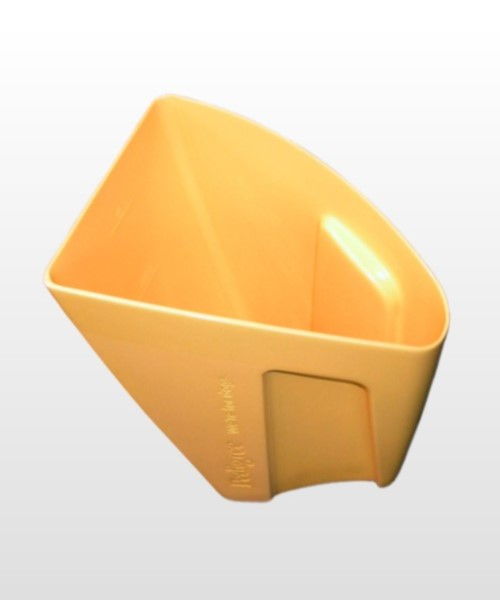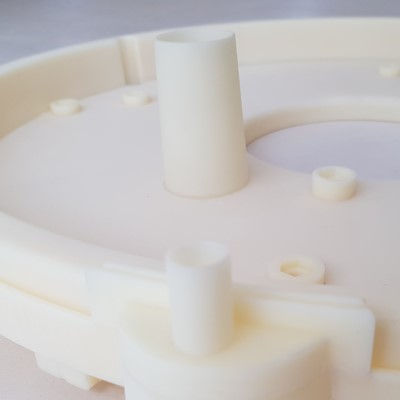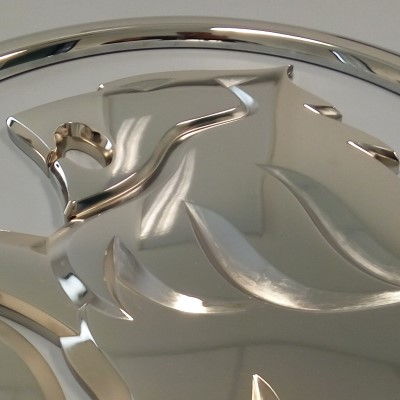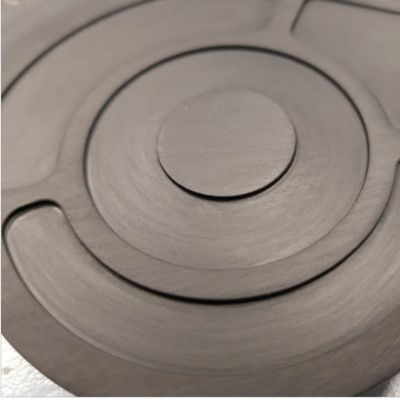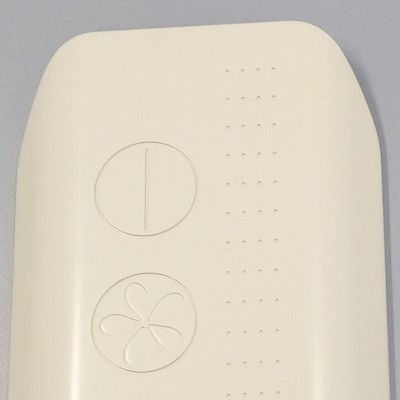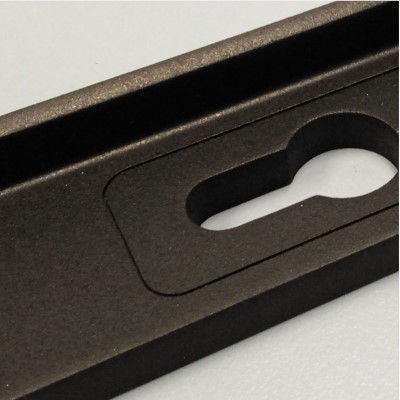Density (g/cm³)
For a homogeneous object, Density = Mass Divided By Volume. The higher the density, the tighter the particles are packed inside the substance. The Specific Gravity is the ratio of Density of the material to the Density of water at a specified temperature. It is common to use the density of water at 4°C as reference - at this point the density of water is at the highest i.e. 1 g/cm3. So Specific Gravity of less than “1” means that the material will float in water.
- ABS
g/cm³- PC
g/cm³- PP
g/cm³- ACETAL(POM)
g/cm³- ACRYLIC(PMMA)
g/cm³- NYLON
g/cm³- HDPE
g/cm³
Snapshot of ABS Plastic
ABS plastic Description
ABS (Acrylonitrite Butadine Styrene) is a general purpose rigid thermoplastic with a combination of properties that make it ideal for the wide range of rapid prototyping applications. ABS has an excellent dimensional stability makes it well suited for structural applications where strength, impact resistance and stiffness are important.
Advantages of ABS parts
Easy machining, Smooth finish, High impact strength, Tough and strong, High Stiffness, Good Dimensional Stability
ABS plastic Uses
General Household items, Toys, Automotive Parts, kitchen Appliances, Computer Parts, Laboratory Equipment, Phone/Fax machine parts, Electrical/Electronic enclosures, Aircraft and automotive interior trims
Finishing examples of ABS prototypes
Available Finishes
- Machine Finish
- Polished Finish
- Painted or Grey primered
- Electroplating / Metallising
ABS material Spec
| Property | Data |
|---|---|
Density
|
1.04 g/cm3 |
Water Absorption-24 Hours (%)
|
0.30 % |
Tensile Strength (Mpa)
|
38 Mpa |
Tensile Modulus (GPa)
|
2.10 GPa |
Flexural Strength (MPa)
|
65 Mpa |
Vicat Softening Temp (℃)
|
100℃ |
Heat Deflection Temp - 1.8MPa (℃)
|
93℃ |
Coefficient of Friction
|
0.40 |
Note: This Data is indicative only
|
|
Further considerations
Natural raw material is available in off-White and charcoal-Black colours, however can be painted in any colour. Large and complex parts with undercuts can be easily made in sections and glued. Economical option for prototypes.
Limitations
Not suitable for Petroleum-based oils, paints and solvents. Moderate heat, moisture and chemical, weathering resistance. Can easily scratch. Flammable with high smoke generation.
